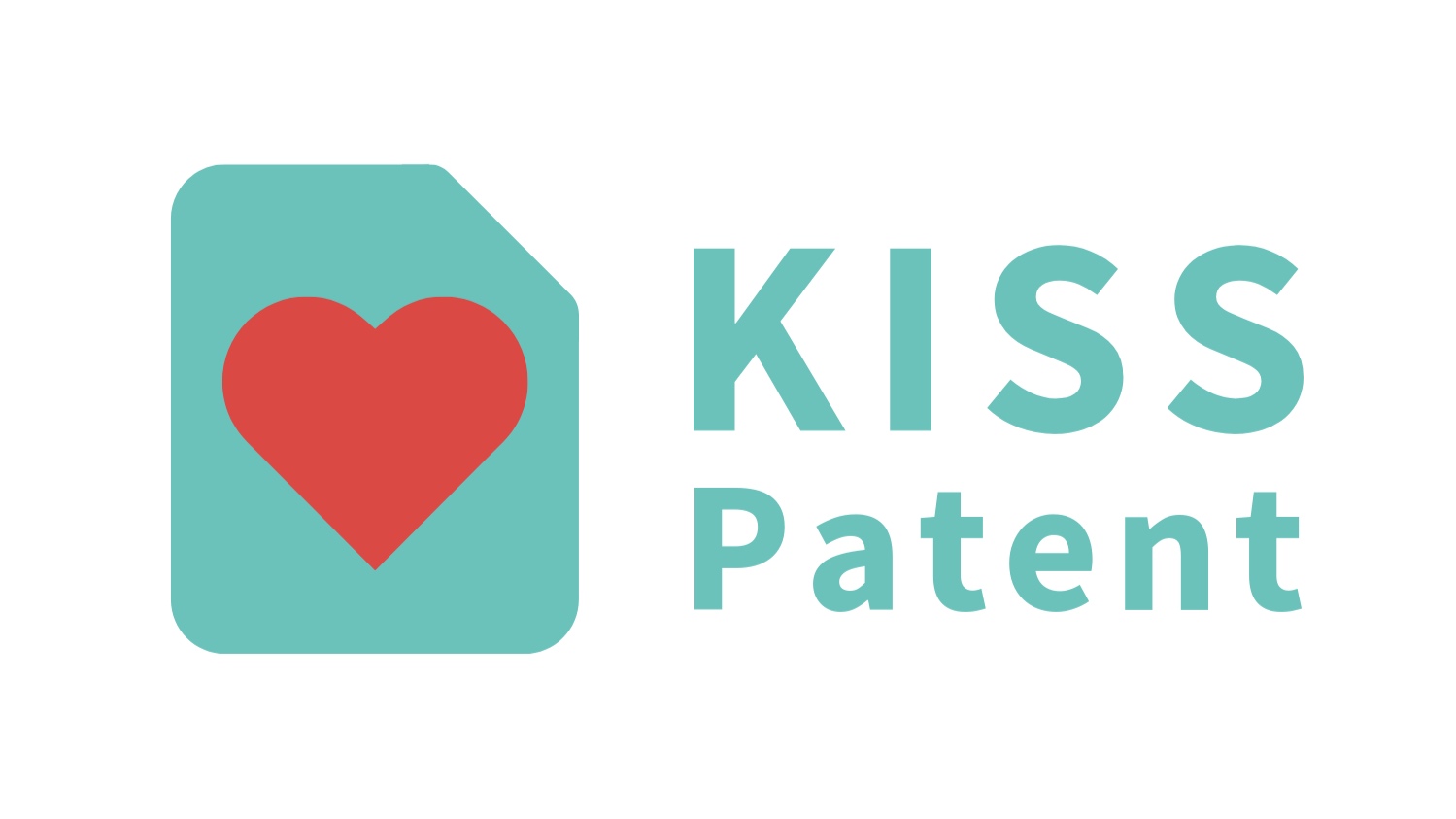Every enterprise startup has special challenges to become successful: longer sales cycles, more personalized selling, and greater service needs from the customer after the sale.
Despite these challenges, enterprise startup unicorns are increasing in number. At least 23 startups in the Fortune unicorn list can be classified as enterprise startups. Older companies, such as the cloud storage provider Box, emphasize their enterprise sales strategies.
To join the enterprise unicorn list, a startup needs multiple unfair advantages. One of these unfair advantages, which is quick and affordable, is to get a patent. Even one patent can add $1 million to your startup’s valuation!
But to get the most bang for your patent dollar, you need to be smart. I’m going to share three amazing quick tips to get the most out of your patent.
THREE AMAZING QUICK PATENT TIPS FOR ENTERPRISE STARTUPS
Here are my three patent tips in order of importance:
Define your market niche
Describe your user experience (UX)
Determine the solution that will give the best UX to your market niche
Notice how your technology needs to be protected as a solution. And also notice how defining that solution is last on my list. Why? Read on to find out!
TIP #1: DEFINE YOUR MARKET NICHE
Patents are business tools, first and foremost. Patents do not exist only to describe “cool” technology. In fact, patents use technology to help your enterprise startup achieve its business goals. If you don’t define your business goals, your patent won’t help you.
When built well, patents can help block competitors from entering your market niche. After all, you don’t want to go to all the trouble of building a customer base – only to have a competitor steal your customers with a rival product?
Patents are different for protecting different types of niches. For example, direct sales to BigCo end-users are different than OEM white-labeling your product. Of course, your patent can protect both approaches – if you think about your market strategy first.
Want to power your enterprise startup?
Take our short survey to find out if a patent is right for your startup!
TIP #2: DESCRIBE YOUR USER EXPERIENCE (UX)
Your end-user experiences your product through its UX. When customers compare different enterprise startup products, they don’t care about your amazing back end. Customers want to know how your product will solve their problems. And your product’s UX is the only way that customers understand how your product will help them.
This doesn’t mean that you should ignore your product’s back-end technology. You should also protect your product’s back-end with your patent.
But many enterprise startups make the mistake of protecting only their product back-end. Instead, you need to focus on how your user interacts with the product – and how its UX benefits the user.
Patents that protect products from the perspective of customer experience are also easier to enforce. The customer experience is completely available to the public and can’t be hidden. Patents that are easier to enforce are more valuable.
TIP #3: SOLUTION THAT GIVES THE BEST UX TO YOUR MARKET NICHE
Now we finally got to your technology! Your technology needs to be well described in your patent for it to protect your ideas. But merely describing your technology isn’t enough. You need a technology description strategy for your patent.
Your technology should be described to a) protect your market niche and b) protect all possible aspects of your UX. Your technology description strategy can make or break your patent. Of course, if you haven’t already defined your market niche and the important features of your UX, your patent strategy won’t be effective.
Want a quick pointer to your technology description strategy? Focus on the logic behind your product’s functions. Implementation details are less important – but it makes a big difference if your software is designed to operate in the cloud with a thin client vs. a self-contained downloadable product.
Wondering if your idea is patentable? Have a question about this article? We can answer all of your questions — just hit "contact us" down below!































